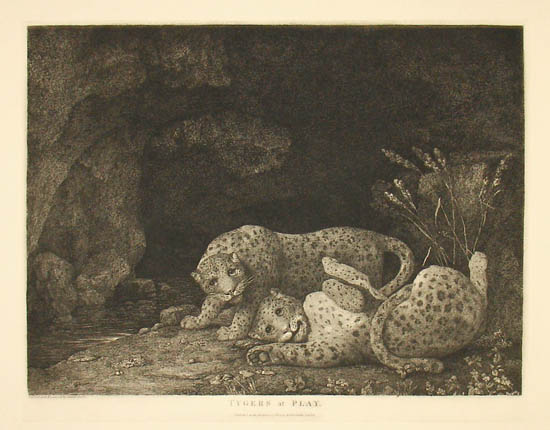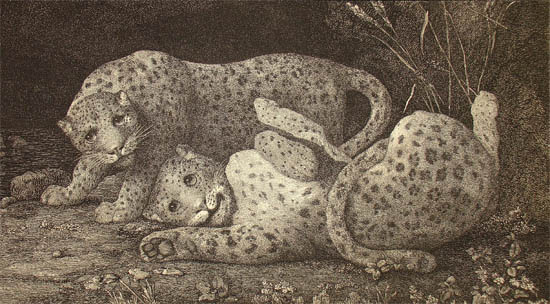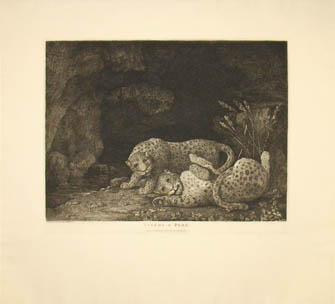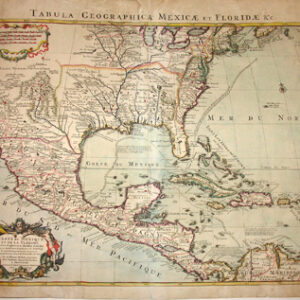Description
It has been suggested by others that in Stubbs’ day, the term “tigers” sometimes referred more generally to striped or spotted big cats, or that this image may have been inspired by a passage in Chatterton, The Death of Nicou: An African Eclogue (1770):
The reeking tygers find a cool retreat;
Bask in the sedges, lose the sultry beam
And wanton with their shadows in the stream.
The original oil of the first of Stubbs’ Tygers at Play paintings (c. 1770-75) sold at Sotheby’s in London for 7.7 million GBP on July 9, 2014. That painting showed the cubs in an expansive rocky tropical landscape. The other three versions show the animals at closer range in front of a cave-like setting, and the composition closest to the print was in the collection of The Earl Fitzwilliam when the Tate acquired the etching plate.
George Stubbs (1724-1806) was one of the greatest sporting artists of Georgian England. He combined science and art by painting animals with anatomical precision. In his early twenties, Stubbs studied anatomy under a surgeon in York, and drew dissections for doctors. After a visit to Rome and a period of residence in Liverpool, he returned to England in 1760. He also drew horses based on dissections, and in 1766 published a monumental series of engravings, Anatomy of the Horse, which cemented his reputation as a master of the subject. His vast body of work includes paintings of the prize horses of England of the late 18th century, often with their proud owners or trainers. He also painted other animals such as lions, sometimes shown in natural settings fighting with horses. Stubbs served as president of the Society of Artists in 1773 and though he had his quarrels with the Royal Academy, he exhibited there periodically and was elected as an Associate in 1780. Many of his paintings are in the world’s major museums, with a large number represented in the Yale Center for British Art (Paul Mellon Collection). Some of the greatest engravers and printers of the day were engaged to render Stubbs’ animal pictures as prints, including William Woollett (1735-1785), and Stubbs’ son, the printmaker George Townly Stubbs (sometimes spelled “Townley”).
References:
“George Stubbs Leopards at Play 1780.” Tate Gallery: 1974-76: Illustrated Catalogue of Acquisitions. London: 1978. Online at: http://www.tate.org.uk/art/artworks/stubbs-leopards-at-play-t01985/text-catalogue-entry (11 July 2014).
“George Stubbs’ ‘Tygers at Play.'” Sothebys.com. 2014. http://www.sothebys.com/en/news-video/videos/2014/05/george-stubbs-tygers-play.html (11 July 2014).
Lennox-Boyd, Christopher, et al. George Stubbs: The Complete Engraved Works. London: Stipple Publishing Limited, 1989. Item 60, pp. 173-74.
Maxted, Ian. “The London book trades 1775-1800: a preliminary checklist of members.” Exeter Working Papers in British Book Trade History. U.K.: Devon Library and Information Services. 24 January 2005. http://www.devon.gov.uk/library/locstudy/bookhist/lonn.html (Orme) (6 April 2005).
Williamson, George C., ed. Bryan’s Dictionary of Painters and Engravers. London: G. Bell and Sons: 1930. Vol. 5, pp. 139-140 (Stubbs).








